Have you heard the term ‘snowballing’ in relation to paying off any credit cards or store cards that you might have? Today, I’m going to tell you how snowballing your debts will help you to not only pay them off quicker but also save you money along the way!
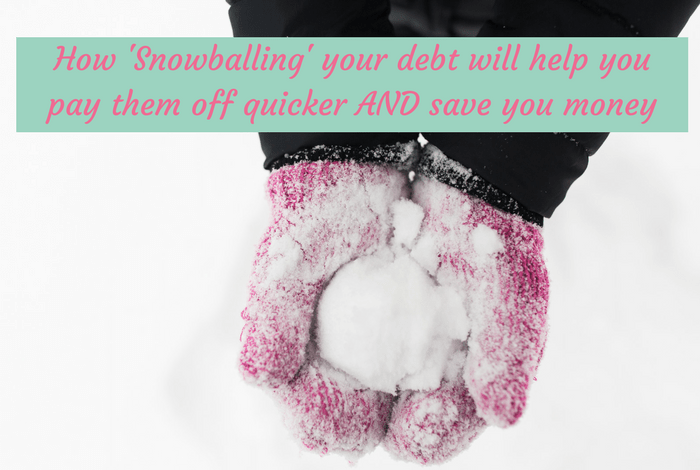
I’m sure you’ve guessed by now that snowballing your debts has nothing to do with the fun you can have outside when it snows or even the lovely snowball cocktails that my lovely old Nana used to make – although I’m not going to lie, it would be lovely if either of these things would help pay off your debts in any way at all, wouldn’t it?
When I say I’m going to tell you about how snowballing your debts is the way to go to get your debts paid quicker, I’m referring to a super simple but very effective method of paying off your credit cards and other unsecured lending in the most cost efficient way possible.
It’s all about paying your debt off in the right order so that you pay the least amount of interest on any of your store cards or credit cards and can get them paid off as quickly as possible.
A Step by Step Guide to Snowballing your Debts
I’ve included a free snowball tracker printable you can use to help you with this if you want it – you can download it here.
- Write a list of ALL unsecured lending that you need to pay off. This would usually include things like store cards and credit cards.
- Write next to each one what the minimum payment currently is and what the APR is on the account. You’ll find this on your monthly statements but you could always just give the company a quick call if you can’t find it. While you’re at it, ask the company if they can lower your interest rate at all – you don’t get if you don’t ask and some companies do have a policy of reviewing your rate if you ask them to.
- Now work out how much you have spare in your monthly budget to repay your debts, bearing in mind that you need to be setting aside enough to cover the minimum payments AND extra money to use to reduce your debt. Whatever you can spare is a bonus but obviously the more the better! You can find my free monthly budget printable here.
- So now you have a set budget for debt repayment each month – let’s say for arguments sake that it’s £300 per month that you have budgeted for each month. You also have a list of your debts with the minimum payments as they stand right now – let’s say they add up to £225 at the moment. You can use the little boxes at the bottom of the snowball tracker to add in how much the minimum payments add up to and if you add in how much you’ve set aside that month to repay debts. Using the example amounts above, you’ll see that leaves you with an extra £75 in the first month so just go back to your list of debts, find the one with the highest interest rate and pay the extra £75 off that amount.
- You’ll find the next month that your minimum payments have come down ever so slightly as your balances have reduced a little bit. Quickly update your list of minimum repayments and work out the total you have to repay this month, add in the amount you’ve set aside for your monthly debt repayment and work out how much you need to overpay to the highest APR account this month.
- So this every month, trying to keep your monthly allocated amount the same (or higher if possible) so that each month you’ll be paying more and more off the debt with the highest interest rate. Any extra month that comes your way can pay that off too.
- When the first debt is paid, move on to the next one remembering again that if you keep your monthly allocated amount for repayments the same, more and more money each month will be going to pay off your highest debt.
It’s called snowballing because each time you pay a debt off, rather than getting used to having the extra money, you just put it towards paying off your next debt. So each time you pay off something, the payment to the next debt gets bigger, meaning you pay it off quicker and therefore, you pay less interest.
Does that make sense?
Don’t miss out on future posts like this – receive updates directly to your inbox by email by adding your email address here and hitting subscribe. You can also follow me on Twitter, BlogLovin or Networked Blogs and I’d love to see you over on my Facebook page and on Instagram.
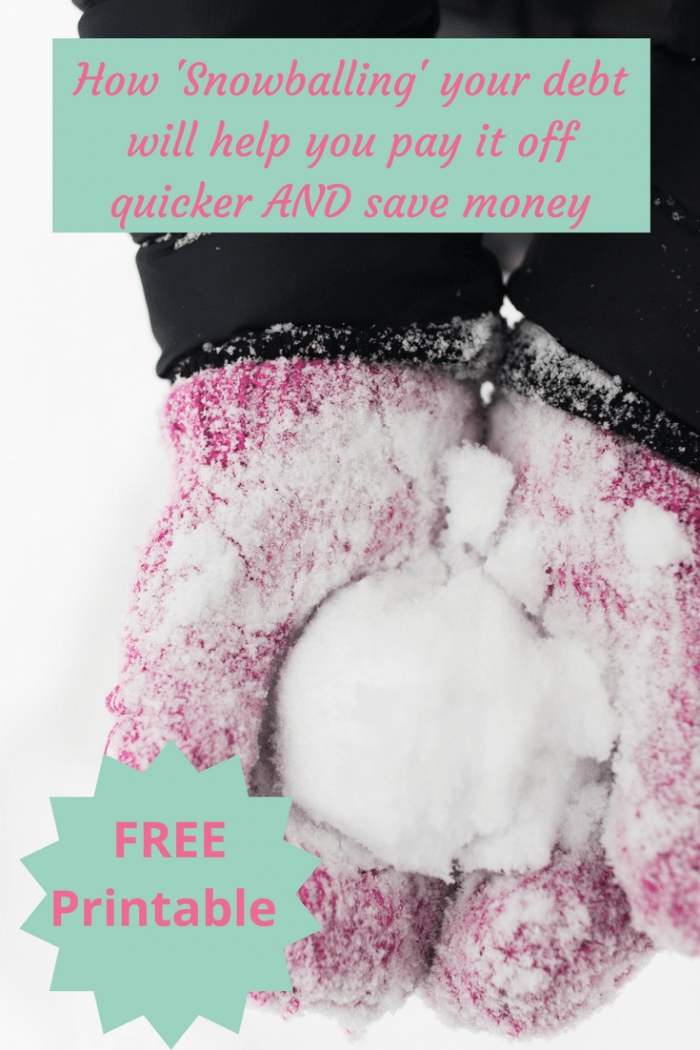


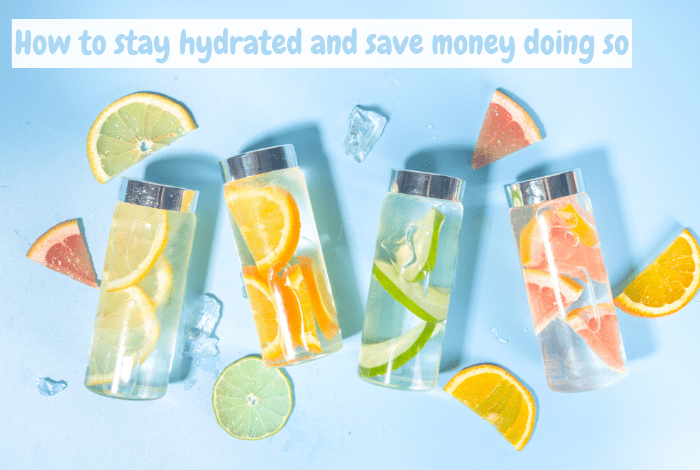
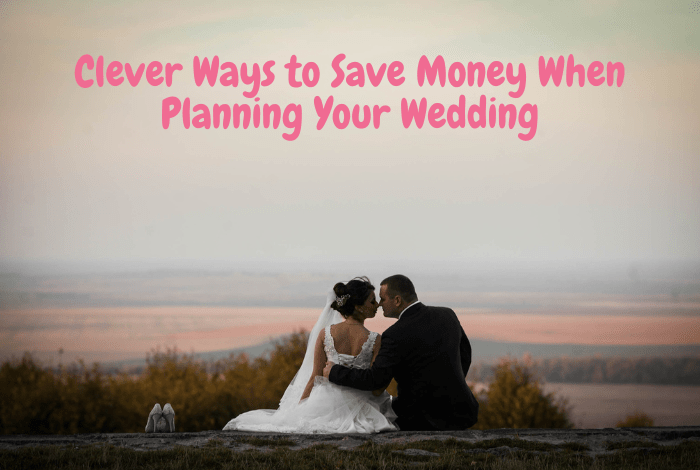


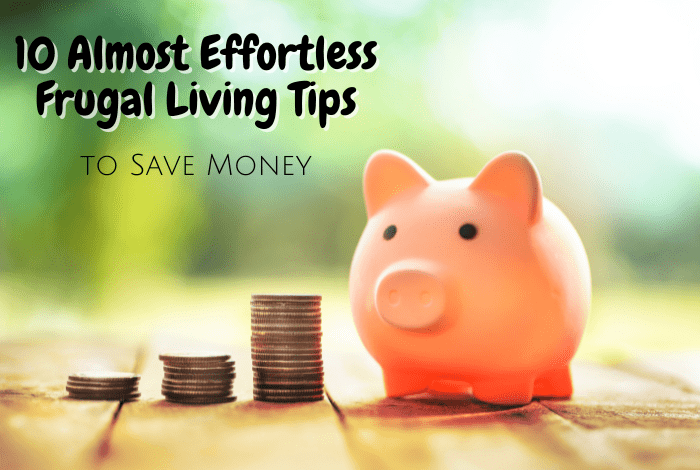

 Logging you in...
Logging you in... Loading IntenseDebate Comments...
Loading IntenseDebate Comments...
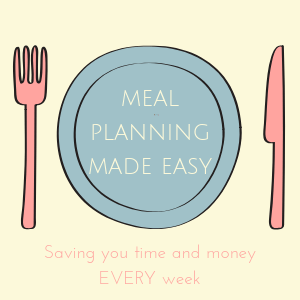
Kate Williams · 390 weeks ago